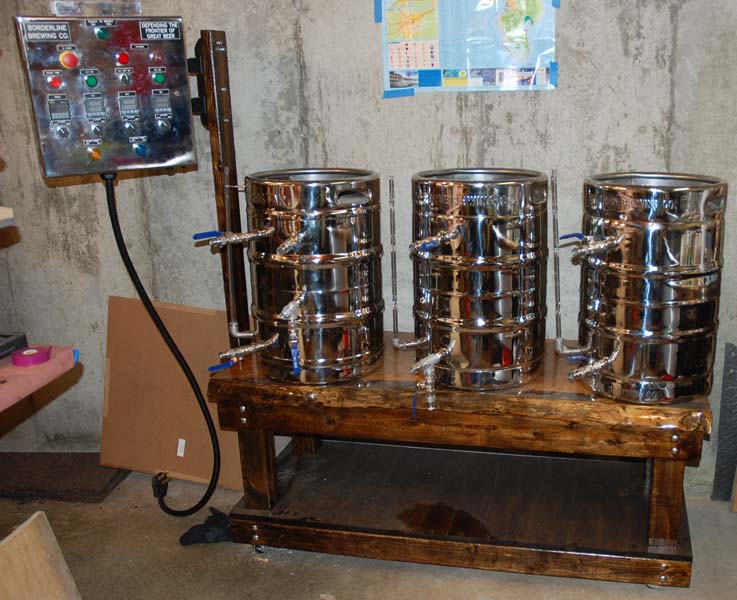I polished up 3 keggles in a project that's nearing completion, so here's my take. I'd recommend doing all of the metal work first (holes, welding, soldering, etc). It is a little easier polishing the kegs when there are no bulkhead fittings or any other extrusions, but the difference is very little, as it took me about 6-8 hours/keggle anyway. I had my 1/2" fittings solder welded, but had to add the larger fitttings for heating elements into two of the units after polishing. I did have to go back and re-buff a few spots out - the extra polishing wasn't too too bad, but the hardest part was trying to work on highly polished kegs without scratching, marring, etc. If you have to drop off the kegs to have someone else do the soldering or welding, then you run a higher risk of getting more scratches and marrs on the kegs as well. The 8 hours of work on each might not seem that much, but it's a miserable 8 hours, that I had to break up into at least 2 sessions. It's real dirty, as polishing compound and bits and pieces of the buffing wheels go flying, as well as the metal "dust" that you're actually removing from the kegs, and standing outside with a 4 1/2" or 7" grinder (I used both) for hours at a time was tough on my back too. I thought I did a great job on the first keg, but then the second keg came out better, and the third even better. But by the time I was done, I didn't want to bother going back to redo the first one to make it shine more because it's such a PITA. Just my 2 cents. Good luck. It's a great feeling when they're done. Not sure I'd do it again.



